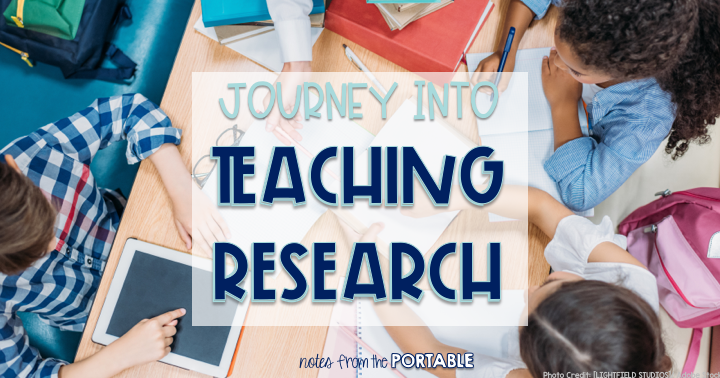
Research skills for Elementary Students
When looking into research we have to realize there’s “more than one way to skin a cat.” If I asked each of you to search for lesson plan ideas right now and then store & organize those ideas, I bet I’d get a different path from everyone. Some would go to your files on your computer, some would go to the internet, some would go to your district’s page, some Pinterest, etc…
How your students find and organize their research is the same. I’ve been guilty of expecting every student to do things the way I plan. And even more guilty of being frustrated that they just shove things in their desk.
So what do you do? Teach them ways to research! Yes, teach them numerous ways they can do this. The first thing you need to do is make it fun.
Think back to the first time you used Pinterest, or Facebook, or Instagram. You probably had to learn how to make boards, posts, and stories. Your students need space to “play around” with various ways to find and organize information.
Research Skills Lesson Plan:
To help get them started, try the lesson below. This may be a good lesson to use in the Reading and Writing block. (for 3rd-5th grade)
For younger grades skip to the end of this plan.
——————————————————————————————————-
Introduction Into Research Lesson Plan:
Learning Target: The students will find information about a topic using books, articles, and the Internet.
Common Core Standards: W.3.7, W.3.8, W.4.7, W.4.8, W.4.9, W.5.7, W.5.8, W.5.9,
Procedure:
- Tell students to pick any (school appropriate) topic.
- Begin with exploring the internet.
- Tell them the GOAL – “You are going to explore the internet today to learn more about your topic. You need to find 5 facts to teach me about your topic AND you need to tell me the sites where you found this information.”
- Before we begin, tell me how you think you could go about meeting this GOAL.
- Create a “path” of various ways to achieve that goal. (Click HERE to see my example on Instagram).
- Give them time to start their journeys and explore. Here’s where you need to learn what’s successful and what other “paths” they are taking. Take notes as you help guide them. I recently read an article about being a “sherpa” when you help students with research – You can guide them up that mountain, but you can’t carry them up to the top, they have to get there themselves.
- Leave yourself time to reflect on the lesson. Let students talk as a large group and in small groups about their “journeys.” Give them time to share what they learned as well.
Assessment: Observation, Discussion, and Collection of the 5 Facts and Website Information.
——————————————————————————————————-
Continue Teaching Research Skills
You may want to repeat this process again the following day to see if they can build off of what they learned. They may want to research a different topic. The main goal is to give them more practice in finding their path. When you reflect the next time, ask them “Did you take the same path or try something new?” “What was easier?” “Do you think you will always take the same path?” “Which path led to better information?”
For the younger grades use a site such as you online encyclopedia or if you use PebbleGo at your school. Both of these resources have a “read to me” option. With this age create 2-3 questions for them to answer on the topic. I recently did this with first grade on pets. We read the book Who Wants a Tortoise by Dave Keane. After reading the book, the students had to research a pet (ex: rabbits, fish, hamster, cat, dog, etc.). They had to find out about what they ate, where/when they slept, draw a picture, and write one interesting fact.
I hope this lesson will help you all with your journey in teaching students how to research. Up next, “Notetaking Strategies.”
Happy Teaching!
Looking for more writing ideas? Click HERE.

Leave a Reply